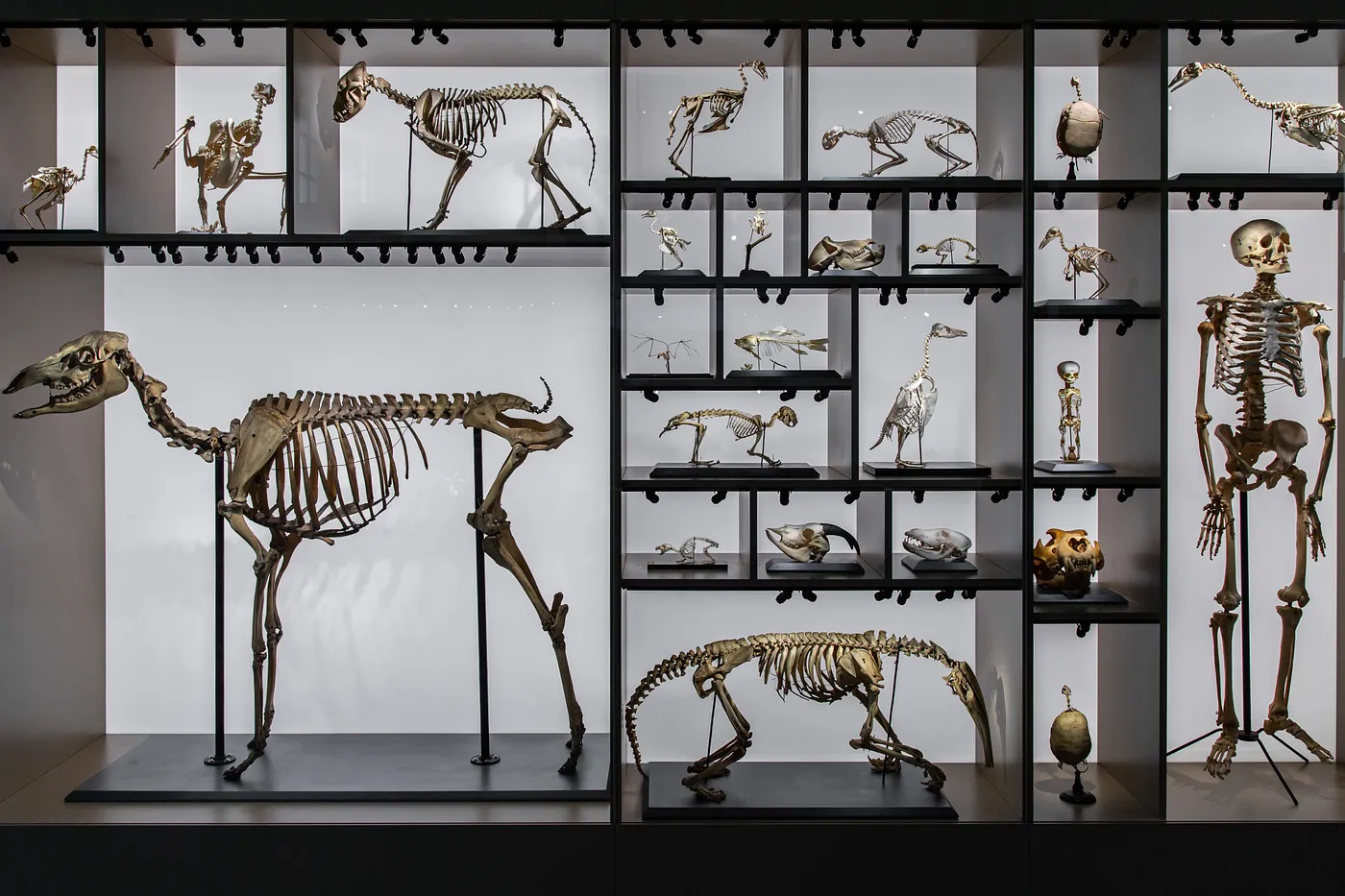Startup ecosystems are thriving all over the world.
There’s no town or region that doesn’t have as strategic goal to be recognised as a mature startup ecosystem. The model of reference is Silicon Valley where talent from top universities developed breakthrough technologies that served as the basis for the silicon, PC and internet revolutions. It seems logic then that everyone wants to have their own version.
What few realise is that it took some 80 years for the Valley to become what it is today.
It’s the entrepreneurs, researchers, investors, mentors, and support agents that make an ecosystem. The presence of these mixed with the right amount of time results in a mature ecosystem. There are no shortcuts to this.
It takes three generations of startups for an ecosystem to be fully mature. Each of them plays a key role.
The Pioneers (1st Gen)
First generation of entrepreneurs are those that adventure before there’s any sign of a recognised ecosystem. They don’t call themselves entrepreneurs, since there’s no framework of reference. They are pioneers exploring unchartered territories without a map. There’s no playbook, and learning happens by trial and error.
The Settlers (2nd Gen)
Some 10 years after the launch of the firsts generation, a second generation emerges. They call themselves entrepreneurs and refer to their ventures as startups. First elements of an immature ecosystem emerge: an acceleration program, a fund, an event. First rules of a playbook are then written.
The Natives (3rd Gen)
It can take up to another decade for native entrepreneurs to emerge on a fully matured ecosystem. This means that there are plenty of specialised alternatives for each player. The playbook is fully written, and the rules of the game clear for anyone aiming to play.
It takes time to build a mature startup ecosystem. While one sector might be fully mature, another one might be just emerging.
It all starts with a small group of pioneers entering unchartered territories.








